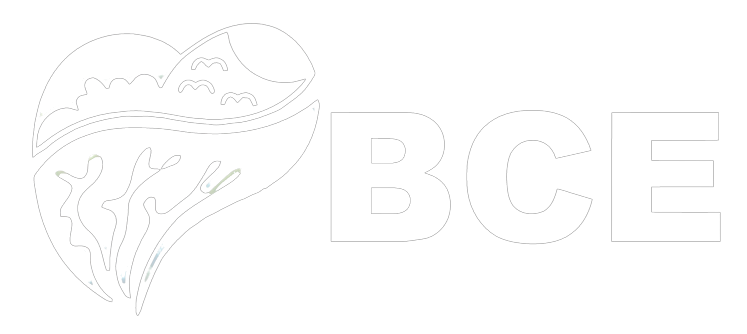Creating an effective scientific presentation for BCE is essential for communication at scientific meeting sessions. Oral PowerPoint Presentations allow researchers to present their work concisely and visually to other scientists in a personal and professional manner. A well-designed presentation can effectively convey complex research findings to a diverse audience. Below are clear and specific instructions for creating impactful scientific presentations for BCE oral sessions.
Specifications
-
Text and medium: All the presentations must be prepared in English medium (the text must be in English). A limited number of presenters who have challenges communicating in English will be allowed to speak in local languages, and the rest of the presenters must try to deliver their oral presentations in English.
-
Slide size and file type: Your presentation should fit within a screen 3 m wide x 2 m tall (300 cm x 200 cm), therefore slides with a 4:3 ratio are recommended. However, slides with a 16:9 ratio are also accepted. The final output file of your presentation must be in either .ppt OR .pptx OR .pdf formats.
-
Animation, videos, and resolution: Any animations within the slides are NOT allowed, any slide transitions are also NOT allowed. Ensure your figures and graphs are high-resolution [at least maintain a minimum resolution of 150 PPI (Pixels Per Inch)]. Playing video clips is not allowed unless for special cases with prior permission from the organizing committee (when submitting your presentation file).
-
Present: You must stand in front of the meeting room (No podiums are available in meeting rooms) during your presentation.
Instructions for an Effective Scientific Presentation at BCE
-
Organized, Clean, and Clear Design: Keep the formatting of your slides simple and easy to follow.
-
Focused Topic: The presentation should focus on a single research topic that can be explained in 10 minutes (maximum 12 minutes).
-
Structured Sections: Include clear sections such as Abstract Number, Title, Author(s), Introduction, Methodology (for highly technical topics only), Results, Discussion/Conclusions, and Acknowledgments. Do not list any long references on the slide, just short citations/image copyright are enough.
-
Visualizing data: Avoid text paragraphs, long tables, and tiny letters when visualizing your data and concepts. It is recommended to use at least font size 32 for general text and at least font size 54 for titles. For citations/copyrights may use a smaller font size like 20.
-
Minimal text: Ensure your figures and tables are the main focus; limit text to essential information.
-
Time management: We strictly maintain time management during the oral presentation session due to the large number of presenters and several parallel sessions (7 sessions) running at the same time. Therefore, you have to be present at the relevant meeting room (always follow the latest version of the schedule) at least 5 minutes before your presentation. You will be given 10 minutes for the presentation. The organizers will show the speaker a 5-minute “reminder” sign after 5 minutes of the presentation and a 2-minute “warning” sign after 8 minutes to indicate that their time is about to come to an end. After that, a “STOP” sign (with a ring of a bell) will be displayed to inform the time has already ended. After 10 minutes, a maximum of 2 minutes of overtime is tolerable. However, if you exceed more than 12 minutes, the organizer will ring the bell twice and terminate your presentation, no matter what.
-
Presenter identity: You must wear your ID card during the entire event. Only a registered presenter with a valid ID card is allowed to participate in the event as well as present oral abstracts. Any replacement presenters must be confirmed on or before 14 February 2025. No changes to presenter identity are allowed afterward.
Guidelines for Creating Your Presentation
-
Content
- Define the purpose and key message of your Presentation.
- Stick to the title of your abstract which clearly, concisely, and accurately reflects your research.
- Organize content logically.
- Use bullet points, graphs, charts, and images to highlight key points.
- Limit text to essential information; avoid overcrowding with excessive details.
-
Design and Layout
- Choose a visually appealing layout that guides the viewer’s eye (White, off-white, or pale colors are recommended).
- Maintain consistency in fonts, colors, and formatting.
- Use high-resolution images and graphics for clarity and professionalism (at the same time maintain a smaller file size to avoid file running delays).
- Ensure readability (minimum font size: 32 pt for text, 54 pt for headings) and leave sufficient space to prevent clutter
-
Proofreading and Review
- Double-check all content for accuracy, clarity, and consistency.
- Proofread text for grammar, spelling, and punctuation errors.
- Have colleagues or mentors review your presentation for feedback and suggestions.
-
Transport and Set-Up
- Plan for safely transporting your presentation file to the conference venue (copy to your email, save in the USD thumb drive, save in the cloud/Gdrive, etc.)
- Arrive early to make sure the latest version of your presentation is properly saved on the organizers’ laptops.
- Ensure that your presentation is clearly labelled (file name) with your Abstract ID Number (not Order ID).
-
Presentation Tips
- Practice your oral presentation several times.
- Be prepared to answer questions and engage in discussions with conference attendees.
- Consider providing handouts for interested viewers to take away (if needed).
-
Engagement and Networking
- Take advantage of networking opportunities to connect with fellow researchers.
- Attend other oral presentations to learn about related research and exchange ideas.

